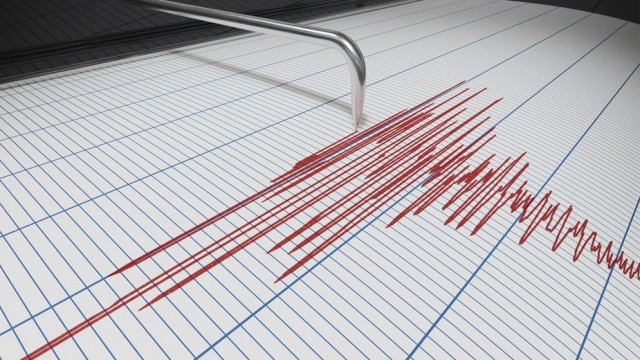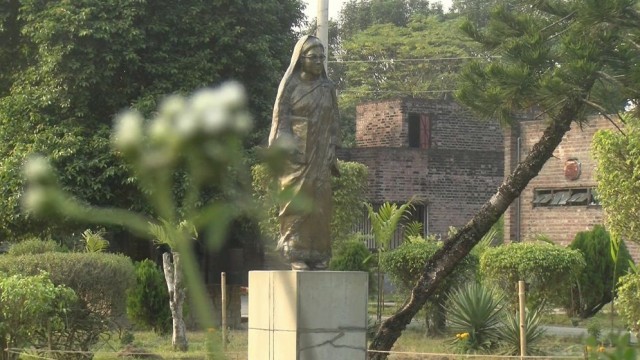Dhaka, Nov 21 (V7N) — A moderate earthquake was felt across the country, including the capital Dhaka, on Friday morning, causing widespread panic as people rushed out of homes, offices, and commercial establishments.
According to the Bangladesh Meteorological Department, the quake measured 5.7 on the Richter scale, with the epicenter located in Narsingdi at a depth of 10 kilometers. The US Geological Survey (USGS), however, recorded the magnitude at 5.5.
Although the tremor lasted only a few seconds, its impact was felt strongly in Dhaka and surrounding districts.
Why Earthquakes Occur
An earthquake is essentially a tremor or shaking of the ground caused by sudden movement within the earth’s crust. This movement happens when large rocks shift, rise above one another, or suddenly change position, releasing stored energy that travels as seismic waves.
Sometimes, static gas trapped inside the earth escapes through cracks or volcanic outlets. This can create underground cavities and imbalance pressure beneath the surface, resulting in noticeable tremors.
Major Causes of Earthquakes
Experts identify three primary reasons behind earthquakes:
-
Sudden changes in the earth’s surface
-
Volcanic activity
-
Rockfalls
Although most earthquakes last only a few seconds, they can cause significant destruction within that short timeframe.
How Earthquakes Are Measured
The Richter scale is used to measure the magnitude of earthquakes, typically ranging from 1 to 10.
The risk level increases sharply with each step on the scale:
-
5–5.99: Moderate
-
6–6.99: Strong
-
7–7.99: Severe
-
8 and above: Very severe
Notably, an increase of just one unit on the Richter scale means the earthquake’s strength rises 10 to 32 times, making even a slightly higher reading significantly more destructive.
Friday’s quake has once again reminded the nation of the urgent need for preparedness, adherence to building codes, and greater public awareness regarding earthquake safety.
END/SMA/AJ































Comment: